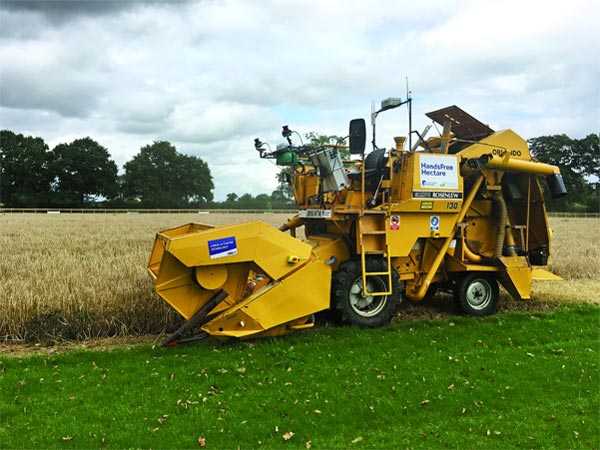Crop production, an essential cog in the machinery of human civilization, deeply intertwines with the Sustainable Development Goals (SDGs) outlined by the United Nations in 2015. As a cornerstone of global food security, crop production holds the key to addressing some of the most pressing challenges the world faces today, from poverty and hunger to climate change and ecosystem degradation. First and foremost, SDG 2 (Zero Hunger) directly hinges on our ability to sustainably increase crop yields to meet the burgeoning food demands of a rapidly expanding global population. Efficient and sustainable agricultural practices not only ensure a steady food supply but also contribute to combating malnutrition and promoting good health, in alignment with SDG 3 (Good Health and Well-being).
Yet, the implications of crop production go beyond just food supply. The methodologies employed in agriculture have a significant impact on several other SDGs. Sustainable practices in crop cultivation, including precision farming, conservation tillage, and integrated pest management, synergize with SDG 6 (Clean Water and Sanitation) by minimizing water usage and preventing harmful pesticide runoff into freshwater sources. Similarly, adopting agroforestry and intercropping can enhance biodiversity, supporting SDG 15 (Life on Land) by creating habitats for various species and strengthening ecosystem resilience.
Moreover, agriculture remains both a victim and contributor to climate change. Traditional farming practices release significant greenhouse gases, especially when involving deforestation or wetland conversion. By transitioning to sustainable crop production, including the use of cover crops, crop rotation, and organic farming, we can reduce carbon emissions and foster carbon sequestration, advancing SDG 13 (Climate Action). Additionally, introducing drought-resistant crop varieties and rainwater harvesting techniques can help communities become more resilient to climate-related shocks, echoing SDG 11's emphasis on sustainable cities and communities.
Socio-economic aspects of crop production also tie back to the SDGs. The global agricultural sector employs over a billion people, many of whom live in developing countries. Enhancing crop yields and improving post-harvest techniques can boost farmers' incomes, helping alleviate poverty (SDG 1) and stimulating economic growth (SDG 8). Moreover, with women making up a large portion of the agricultural labor force in many regions, empowering them with access to resources, training, and decision-making roles in farming can promote gender equality, echoing SDG 5's aspirations.
However, for crop production to effectively contribute to the realization of the SDGs, it's paramount that governments, industry stakeholders, and local communities collaborate. Initiatives should emphasize research into innovative agricultural practices, infrastructure development, farmer training, and market access. This multi-pronged approach not only secures the future of crop production but also ensures that its growth remains hand-in-hand with the broader vision of sustainable development. In essence, crop production stands not just as a means of food generation but as a fulcrum upon which many of the SDGs can pivot, emphasizing its central role in our collective journey towards a more equitable, prosperous, and sustainable future.
Increased demand for food to feed the ever-growing population led to development and adoption of synthetic chemicals as a quick and effective strategy of managing crop pests and diseases. However, overreliance on synthetic pesticides is discouraged due to their detrimental effects on human health, the environment, and development of resistant pest and pathogen strains. This, coupled with increasing demand for organically produced foods, stimulated search for alternative approaches and botanical pesticides are particularly gaining importance.
Elucidating relationships between the soil food web, soil processes, and agroecosystem function is a critical step toward a more sustainable agriculture. Soil and crop management practices can alter these relationships, and their effects can persist even after imposing new management practices. In 2005, the Cornell Organic Grain Cropping Systems Experiment was established in central New York. Four cropping systems that varied in fertilizer inputs, tillage practices, and weed control were compared: High Fertility, Low Fertility, Enhanced Weed Management, Reduced Tillage.

